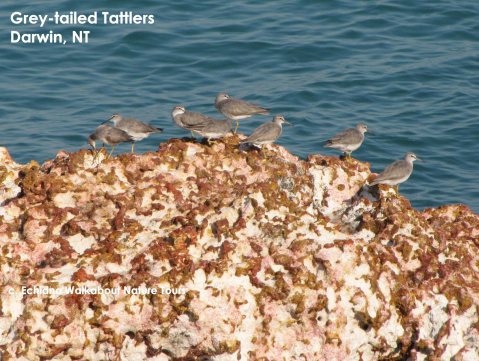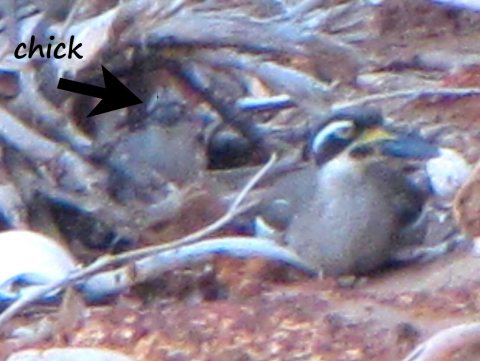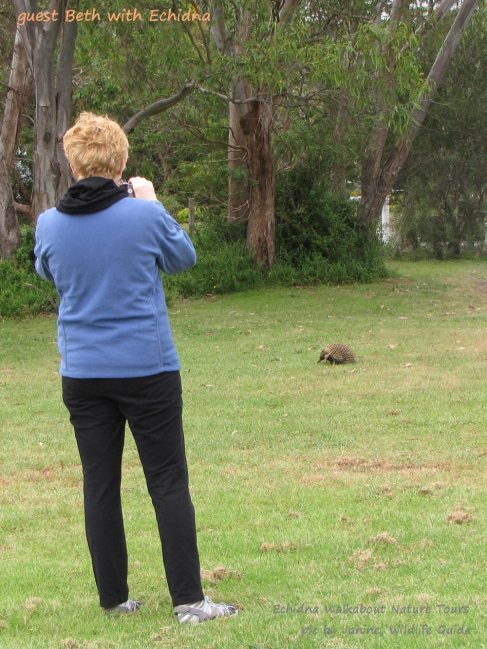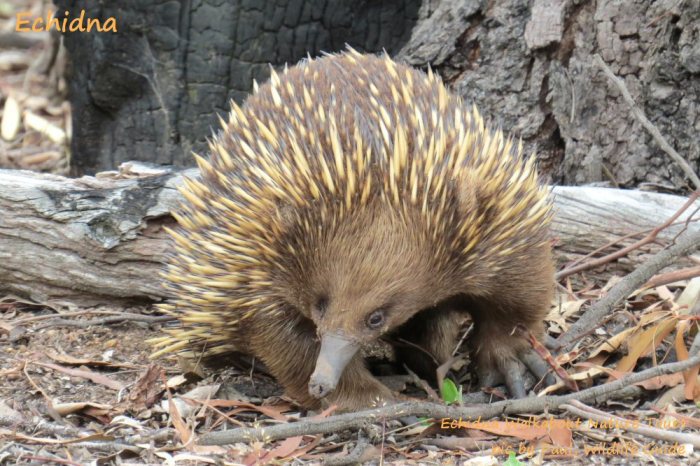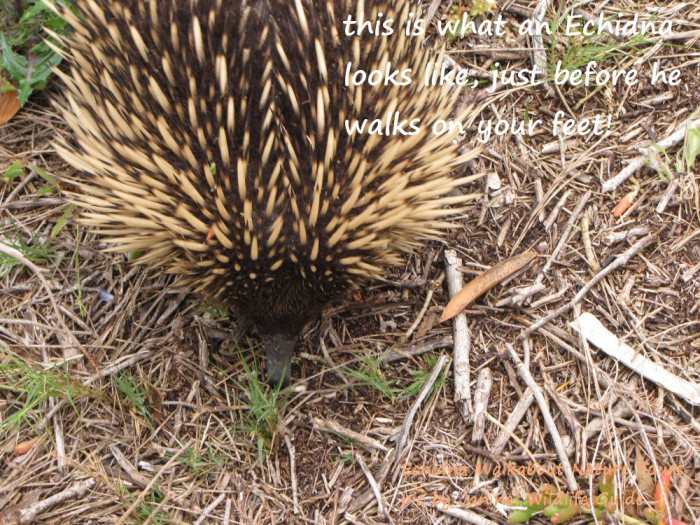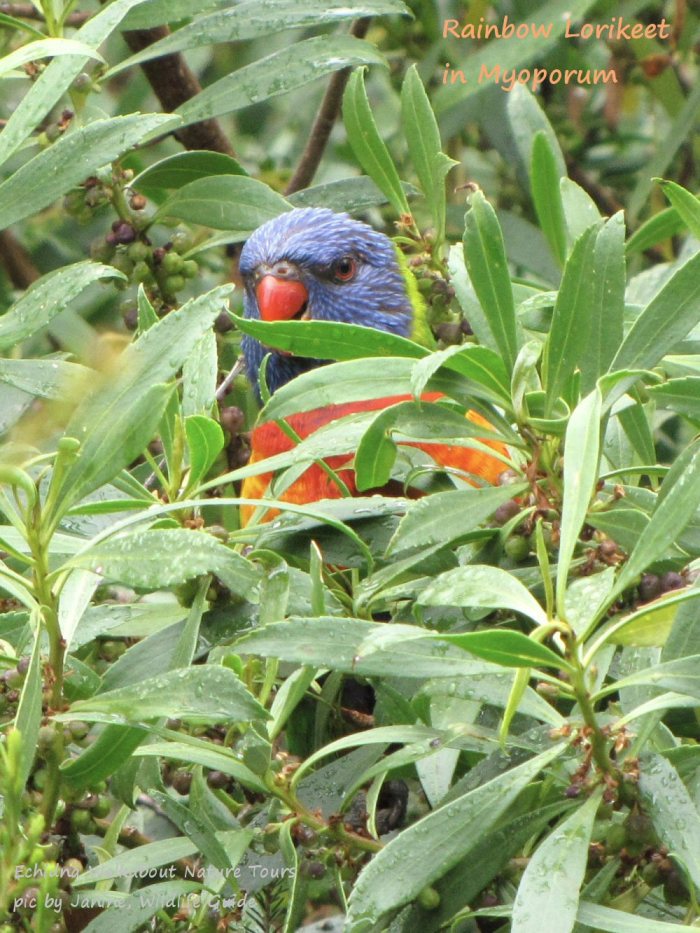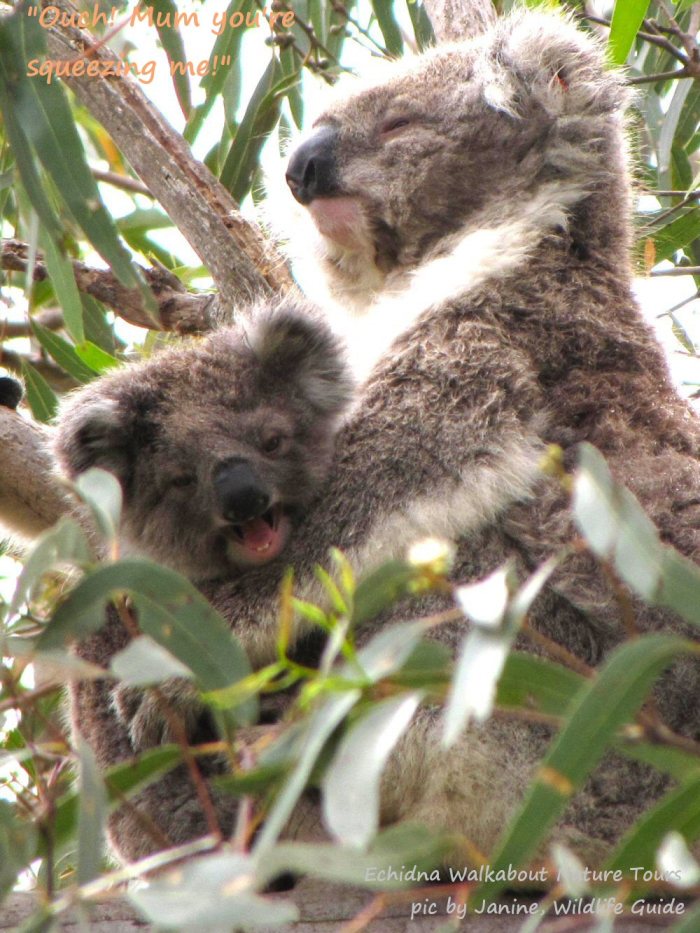One of the strange joys of a Darwin trip is the sparrow’s fart arrival. Planes come into Darwin at odd times. So we always find ourselves at Darwin International Airport as the sun is rising, or well after it has set. It’s a fine welcome – night is possibly the best part of a day in the tropics. The warmth is pleasant, the smells are enhanced, there is softness in the air that contrasts strongly with the eye-blinding, walk-into-a-pizza-oven heat of a Darwin dry-season day.
Brown Honeyeaters and Red-collared Lorikeets called as we picked up our hire car. We drove away from the dawn. Hours to kill before hotel check in, but East Point always provides entertainment before late breakfast at Fannie Bay.
Darwin is a west-facing city. It is a city of sunsets, not sunrises. West of the Darwin peninsula is the sea: beaches, parks, markets, places to eat. East of Darwin is a vast swathe of flatness, all the way to the Arnhem Land escarpment 300km away.
Darwin’s most fascinating large park is East Point Reserve. In true Top End fashion, you drive north, then west to get to it. It’s a peninsula poking out into Beagle Gulf. The name takes you back to another time, when cities and land transport were not the focus – the sea was. East Point marks the eastern beacon of one of the few safe harbours of the wild Top End, from a sailors point of view. Imagine the relief they would have felt seeing that promontory during a tropical storm, or after a long sea journey where supplies ran low.
That morning, as the eastern headland woke up we listened to Bar-shouldered and Peaceful Doves, Olive-backed & Yellow Orioles & Figbirds, Trillers, Brown, Rufous-banded and White-gaped Honeyeaters, Forest & Sacred Kingfishers. Orange-footed Scrubfowls scratched in the undergrowth, dolphins played in the shallows and a group of Grey-tailed Tattlers rested on a rock. But it was someone else that gave us the soul-food we will remember always.
Some silhouettes are unmistakeable. The Beach Stone-curlew is one of those. Elegant – no. Delicate – certainly not. Comic – yes, that’s getting closer. A bird embarrassed by its huge, unwieldly beak, further complicated by unfortunate splotches of yellow. Even never having seen one before, we knew it immediately. And it was BEAUTIFUL!
As if ashamed by his appearance, the male* appeared to be hiding, standing in plain sight on the beach. In fact, his camouflage was so excellent that we could easily have missed him on the featureless sand. He watched us, we watched him, thrilled with our discovery.
Unsatisfied with our view, we tried another angle back down the track. Relocating him was tricky – he was even harder to see with the light in our eyes. There he was, higher up on the sand amongst the rocks and driftwood. He’d moved. Or had he? Moments later another Beach Stone-curlew flew in from the sea and landed where the male had been earlier! Whatever, now we had two. It’s incredibly special to have your first sighting of a species, a lifer, and have two of them in view for extended moments.
Some lifers are unforgettable. You just want to stare at them forever, drinking in every tiny detail. Its like you need to imprint them on your brain so that the creature is a part of you. Our eyes grew strained from peering through the binoculars. For relief, I took bad photo after bad photo knowing I had a big delete session coming on but doing it anyway.
The staring marathon paid off – a chick emerged from the detritus! Playfully he walked towards his parent, who was carrying something. The chick’s beak was smaller, almost like a normal bird’s, and he lacked the bold yellow, black & white patterning around the head. After feeding, the chick sat down amongst a pile of sticks and then it was an effort to locate him after each blink.
One parent (let’s say the mother, though there’s no way we could tell) walked up the beach a little out of our view. The ‘father’ flew back out to sea. Left alone, the chick got up and started to play with the debris around his hiding spot. He pulled out a whippy stick – the stick fought back! An hilarious tussle ensued. Each time the stick caught on the sand the chick would subdue it and wrestle it back into submission, when of course the stick would rise again! Birds can be very funny. Finally he walked up the beach to his mum and disappeared from our view.
Lucky for us. Our souls were well fed, but our stomachs were rumbling! Breakfast at Fannie Bay was hours overdue, and if that baby Beach Stone-curlew had kept playing we might have starved happily watching him!
Postscript: Beach Stone-curlews have a small population – only around 6,000 worldwide. Most of these are along Australia’s north coast. They are threatened by beach disturbance – people walking along beaches especially with dogs, residential development along the coast, increased feral predators that come with humans, entanglement in fishing line and nets left by human activities. They only have one chick per year, so each baby is precious. For more go to BirdLife Australia: http://www.birdlife.org.au/bird-profile/beach-stone-curlew and see their listing on the IUCN Red List: http://www.iucnredlist.org/details/22728621/0
To experience a story like this yourself, come on our 6 day Wild Top End tour! http://www.echidnawalkabout.com.au/wildtopend
*there seems to be no way of telling Beach Stone-curlew sexes apart, so this is just for the sake of the story


